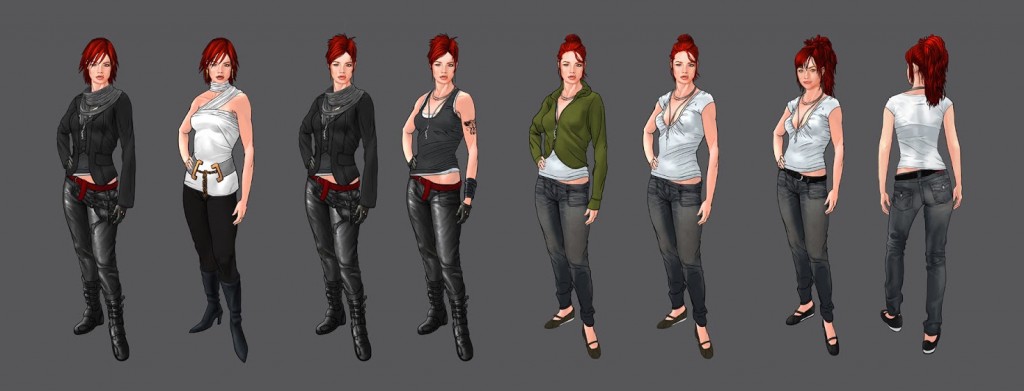Heroes, as it was tentatively titled, was a cancelled video game based off the NBC TV show of the same name. It was being developed by High Voltage Software and would have been published by Ubisoft. The title was planned for releases on PS3, Xbox 360, PC and Wii.
Heroes: The Video Game
Shortly after the successful first season of the Heroes TV series concluded in May 2007, Ubisoft entered talks with NBC Studios to use the license for a video game adaptation. This was to be the second big TV property Ubisoft would adapt following the development of LOST: Via Domus, which had began earlier that year in February. While Ubisoft’s Montreal division was busy working on that game, the publisher reached out to external developers including High Voltage Software.
At the time, High Voltage already had experience with developing TV tie-in games, including the Family Guy video game, and was therefore “a natural choice for Ubi”, one developer recalled. Ubisoft successfully negotiated a deal with NBC, which they announced in June, but the final decision to secure High Voltage as its developer was made over the following few months without ever being revealed to the public.
High Voltage Software’s Vision For Heroes
Just as LOST: Via Domus introduced an original character, Elliot Maslow, as its protagonist, the Heroes video game would have centred around a new female character of High Voltage Software’s own invention. Given how short the project’s lifespan was, it appears as though this redheaded heroine had yet to be named, but you can see some concept art of her below.
In the vein of Ubisoft Montreal’s character, this new member of the Heroes mythos would have acted as the player’s vessel through which they could explore the world of the show and interact with its extensive cast of superhumans. She would have enabled High Voltage and Ubisoft a higher level of creative freedom as they attempted to delve into the Heroes universe without too greatly interfering with the pre-established lore.


![Nintendo’s Harry Potter [Pitch / Cancelled – N64, GBA, GameCube] Nintendo’s Harry Potter [Pitch / Cancelled – N64, GBA, GameCube]](https://www.unseen64.net/wp-content/uploads/2015/02/nintendo-harry-potter-license-665x300.jpg)